Projector How To Make?
Creating a projector at home can be a fun and educational project that combines elements of optics, electronics, and DIY craftsmanship. Whether you're looking to build a simple smartphone projector or a more advanced version using a light source and lenses, understanding the basic principles and steps involved is crucial. This article will guide you through the process, providing practical advice and tips to ensure your project is a success.
Understanding the Basics
Before diving into the construction process, it's essential to understand the basic principles behind how a projector works. A projector essentially takes an image or video from a source (like a smartphone or computer) and projects it onto a larger surface, such as a wall or screen. This is achieved through a combination of light sources, lenses, and sometimes mirrors.
Materials Needed
The materials you'll need will vary depending on the complexity of the projector you want to build. For a basic smartphone projector, you will need:
1. A cardboard box: This will serve as the body of your projector.
2. A magnifying glass: This will act as the lens to project the image.
3. A smartphone: This will be your image source.
4. Black paint or black paper: To line the inside of the box and prevent light leakage.
5. Tape or glue: To secure the components in place.
6. A utility knife: For cutting the box.
For a more advanced projector, you might need additional components such as:
1. A high-intensity light source: Like an LED bulb.
2. Fresnel lenses: To focus and direct the light.
3. Cooling fans: To prevent overheating.
4. A mirror: To reflect the image if needed.
5. A power supply: To power the light source and fans.
Step-by-Step Guide for a Basic Smartphone Projector
Step 1: Prepare the Box
Start by selecting a cardboard box that is large enough to hold your smartphone and the magnifying glass. Paint the inside of the box black or line it with black paper to minimize light reflection and leakage.
Step 2: Install the Lens
Cut a hole in one end of the box that is slightly smaller than the diameter of the magnifying glass. Secure the magnifying glass in place using tape or glue. This will be the lens through which the image is projected.
Step 3: Create a Smartphone Holder
Inside the box, create a stand or holder for your smartphone. This can be done using additional pieces of cardboard. The holder should position the smartphone screen directly in line with the magnifying glass.
Step 4: Adjust the Focus
Place your smartphone in the holder and play a video or display an image. Move the smartphone back and forth until the image projected through the magnifying glass is in focus. You may need to adjust the distance between the smartphone and the lens several times to get a clear image.
Step 5: Secure Everything
Once you have the focus set, secure the smartphone holder in place. Make sure everything is stable and that the smartphone won't move during use.
Step 6: Test Your Projector
Turn off the lights in the room and point the projector at a blank wall or screen. Play a video on your smartphone and enjoy your homemade projector!
Advanced Projector Build
For those looking to build a more advanced projector, the process is more complex but follows similar principles. Here are the additional steps:
Step 1: Light Source and Cooling
Install a high-intensity LED light source at the back of your projector box. Ensure that the light is bright enough to project a clear image. Add cooling fans to prevent the light source from overheating.
Step 2: Fresnel Lenses
Place a Fresnel lens between the light source and the image source (your smartphone or another device). This lens will help to focus and direct the light more efficiently.
Step 3: Image Source
Position your image source in front of the Fresnel lens. You may need to use a mirror to reflect the image if space is limited inside your projector box.
Step 4: Final Lens
Install a final lens at the front of the projector to focus the image onto the screen. This could be another magnifying glass or a more advanced lens, depending on your design.
Step 5: Power Supply
Connect the light source and cooling fans to a power supply. Ensure that all electrical connections are secure and safe.
Step 6: Test and Adjust
Turn on your projector and test the image quality. Adjust the positions of the lenses and the image source as needed to achieve the best focus and clarity.
Troubleshooting Common Issues
1. Blurry Image: If the image is blurry, try adjusting the distance between the smartphone and the lens. Ensure that the lens is clean and free of dust.
2. Dim Image: If the image is too dim, consider using a brighter light source or reducing the ambient light in the room.
3. Image Distortion: If the image appears distorted, check the alignment of the lenses and the image source. Make sure everything is positioned correctly.
Building your own projector can be a rewarding project that combines creativity with practical skills. Whether you're making a simple smartphone projector or a more advanced version, understanding the basic principles and following the steps outlined in this guide will help you achieve success. Not only will you have a functional projector, but you'll also gain valuable knowledge about optics and electronics. So gather your materials, follow the steps, and enjoy the process of creating your very own projector!


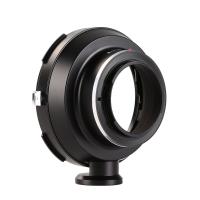
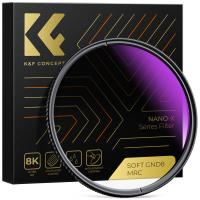


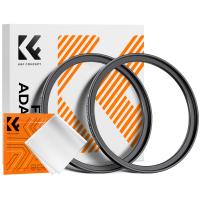

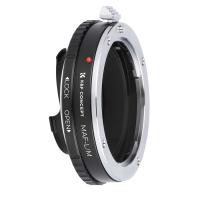
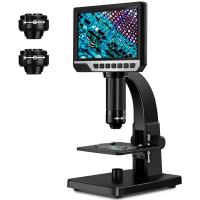
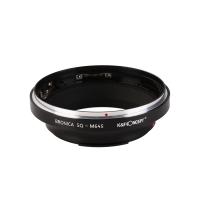


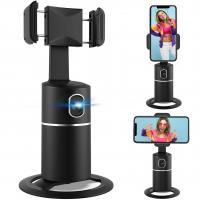

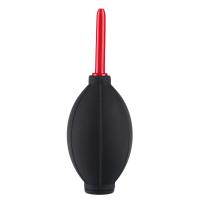
There are no comments for this blog.